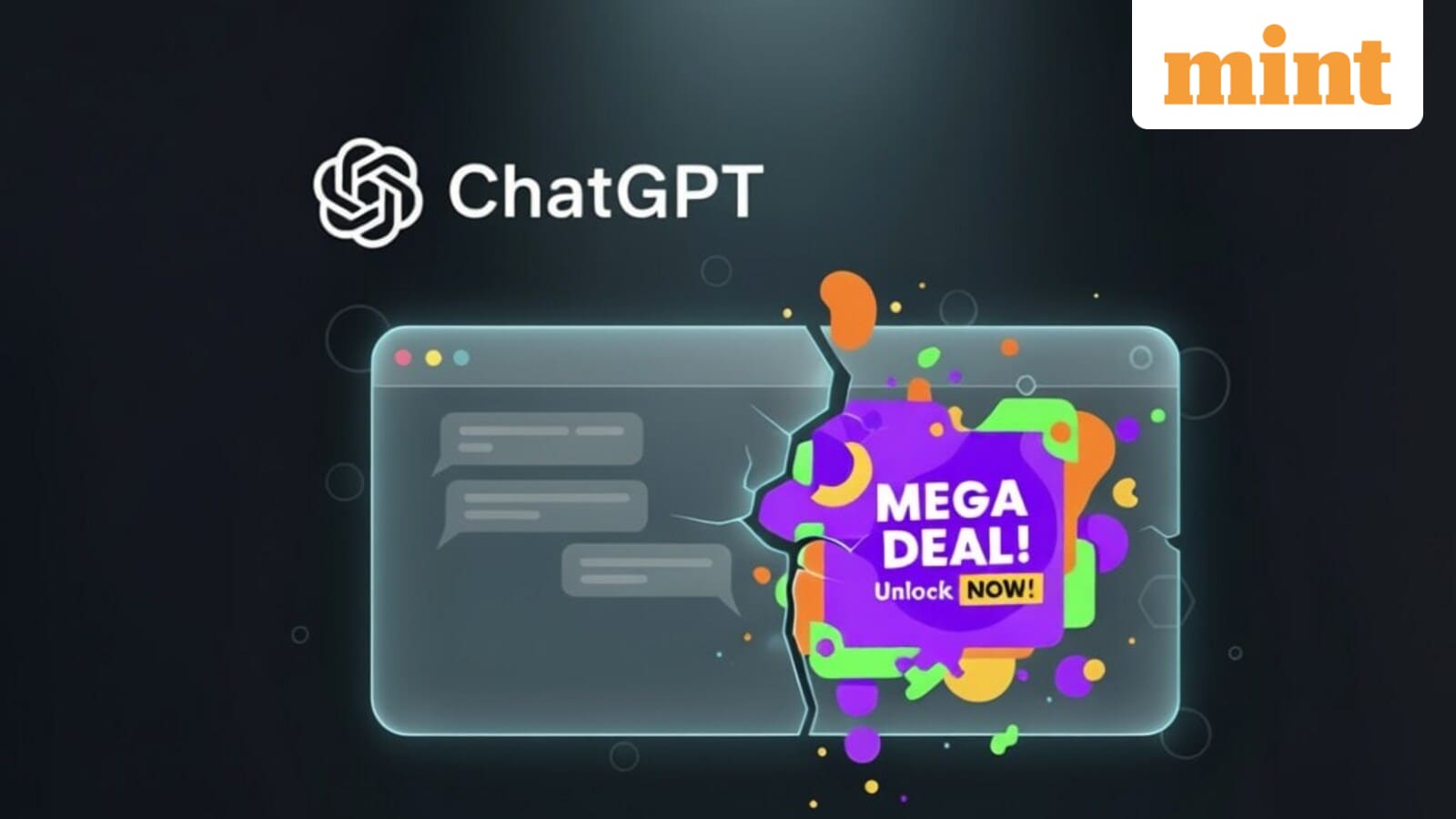8 ChatGPT prompts that could help you master a new language in 30 days, reveals AI expert

A post on X has gone viral after suggesting that ChatGPT can be used to master the basics of a new language in just one month. The post included a series of prompts designed to create a personalised learning plan covering vocabulary, grammar, speaking, listening, and motivation.
These AI prompts were shared by a marketing and growth expert, Chidanand Tripathi (@thetripathi58), who outlined eight different ways learners could interact with the AI tool to speed up progress. His framework ranges from generating daily themed vocabulary lists and practising real-life dialogues, to simulating conversations with a native speaker and providing corrections with explanations.
Other prompts encourage users to engage with short videos or audio clips in the target language, before being quizzed on comprehension. To maintain motivation, Tripathi also suggested daily accountability check-ins, giving learners encouragement and challenges tailored to their progress.
Here are the 8 ChatGPT prompts you can use to master a language in 30 days, shared by the X user.
1. 30-Day Language Learning Plan:
“Act as a Language Learning Coach and create a 30-day learning plan for mastering the basics of [target language]. Include daily tasks for vocabulary, grammar, speaking, and listening tailored to a beginner with [X] minutes per day to study.”
2. Daily Vocabulary Builder:
“Act as a Language Tutor and give me a themed vocabulary list of 10 essential words/phrases per day in [target language] with pronunciation tips and example sentences. Today’s theme: [e.g., food, travel, emotions].”
3. Conversational Practice Simulation:
Act as a Native Speaker of [target language] and simulate a basic conversation with me about [situation, e.g., ordering at a café, meeting someone new]. Ask and respond as if we were talking in real life.
4. Grammar Explanation in Simple Terms:
“Act as a Grammar Expert and explain [specific grammar rule] in [target language] using simple examples and comparisons to English. Include a short practice exercise.”
5. Create Real-Life Dialogue Examples:
“Act as a Dialogue Creator and write a natural, real-life dialogue in [target language] about [scenario, e.g., airport check-in, grocery shopping]. Add translations and highlight key phrases to remember.”
6. Listening Comprehension Practice:
“Act as a Listening Coach and suggest a short audio or video in [target language] suited for a beginner. Then quiz me on the content with 3–5 comprehension questions and provide the correct answers afterward.”
7. Mistake Correction + Feedback:
“Act as a Language Corrector and analyse my sentence: “[Insert your sentence in target language].” Identify grammar or vocabulary mistakes and show me the corrected version with explanations.”
8. Motivational Check-Ins:
“Act as a Language Accountability Partner and send me a short motivational message or challenge each day to stay on track with learning [target language]. Base it on my current progress: [brief update or goals].”




